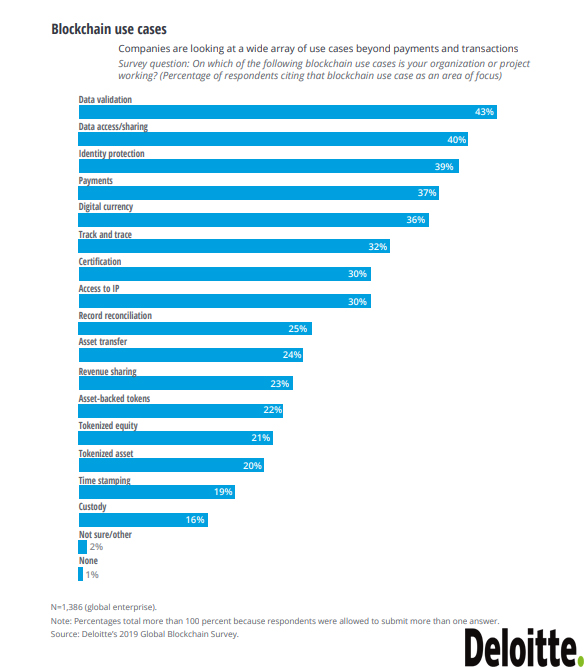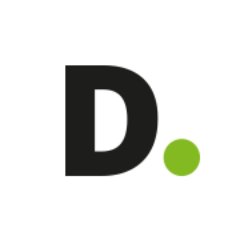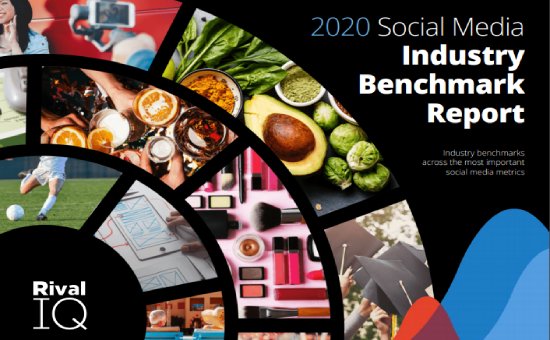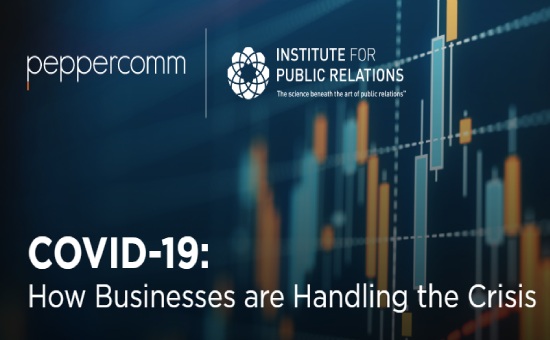The Top Organizational Use Cases of Blockchain Technology, 2019
Uncategorized | Global
A blockchain is in the simplest of terms a time-stamped series of an immutable record of data that is managed by a cluster of computers not owned by any single entity. Each of these blocks of data is secured and bound to each other using cryptographic principles (chain). The blockchain technology is a simple yet ingenious way of passing information from A to B in a fully automated and safe manner. One party to a transaction initiates the process by creating a block. This block is verified by thousands, perhaps millions of computers distributed around the net. The verified block is added to a chain, which is stored across the net, creating not just a unique record, but a unique record with a unique history. The largest number of blockchain use cases so far are in the global banking or financial services industry, which is currently battling NPAs and money laundering. This path-breaking technology seems to offer permanent solutions to banking fraud.
Take a look at the organizational blockchain technology use cases, 2019:
- Data validation is ranked as the most blockchain technology use case by surveyed organizations with a rate of 43%.
- Data accessing/sharing is ranked as the second most used blockchain technology use case by surveyed organizations with a rate of 40%.
- Identity protection comes at next as a use case of blockchain technology use case by surveyed organizations with a rate of 39%.
- Payments also listed as a blockchain technology use case by surveyed organizations with a rate of 37%.
- Digital currency is ranked also as a blockchain technology use case by surveyed organizations with a rate of 36%.

A Graph Shows The Blockchain Organizational Use Cases, 2019.






